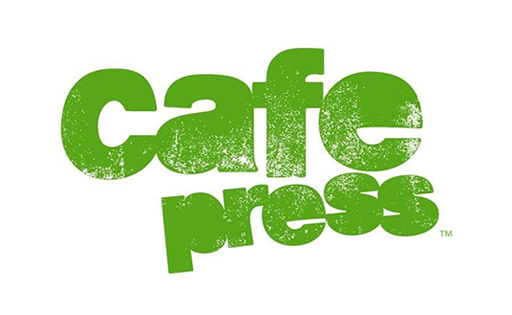Dehumanization is a concept that has been explored in horror and culture through the transformation of humans into devils. In many religious beliefs, the devil is seen as the embodiment of evil and is often depicted as a horned creature with red skin and a pointed tail.
Through the lens of horror, dehumanization is often used to create fear and revulsion in the audience. The transformation of a human into a devil can be a gradual process or can happen suddenly, depending on the story's narrative. In some cases, the transformation is a result of a curse or a supernatural occurrence, while in others, it is caused by the character's actions or choices.
Religious beliefs also play a significant role in the portrayal of dehumanization in horror and culture. In many religions, the devil is seen as a fallen angel who rebelled against God and was cast out of heaven. This belief has been used to create characters in horror who are punished for their sins by being transformed into devils.
The process of dehumanization can also be seen in the portrayal of cults in horror and culture. Cult leaders often have a charismatic personality that can convince their followers to do unspeakable acts, including sacrificing human lives. In many cases, the followers are dehumanized, becoming nothing more than pawns in the leader's twisted game.
Dehumanization in horror and culture is a powerful tool used to create fear and revulsion in the audience. Through the transformation of humans into devils, these stories explore the darkest aspects of humanity and the consequences of our actions.
Another disturbing aspect of dehumanization that explores the darker side of humanity is the theme of human sacrifice. The act of sacrificing a human being for a supposed greater good or religious purpose has been practiced by different cultures throughout history, and it has found its way into horror and culture as a source of terror and revulsion.
In many horror stories, human sacrifice is used to create a sense of dread and hopelessness. The victim is often portrayed as helpless, pleading for mercy while the perpetrator remains cold and emotionless. This juxtaposition of emotions highlights the inhumanity of the act and makes it all the more disturbing.
Religious beliefs often play a role in the portrayal of human sacrifice in dehumanization. Some religions have used human sacrifice as a way to appease their gods or as a form of punishment for those deemed to have committed heinous acts. The use of this theme in horror stories can also be seen as a commentary on the dangers of religious extremism and fanaticism.
Moreover, human sacrifice in dehumanization can also be a reflection of the darker side of human nature. The desire for power, control, and dominance can lead people to commit unspeakable acts, and the act of sacrificing another human being for personal gain or to appease one's beliefs is the ultimate manifestation of this depravity.
The theme of human sacrifice in dehumanization is a disturbing aspect that explores the darker side of humanity. It is a reflection of the inhumanity and depravity that can arise from the desire for power, control, and dominance. Its portrayal in horror stories is a reminder of the dangers of extremism and fanaticism and serves as a cautionary tale for all.
Another aspect of dehumanization that examines the darker side of humanity is the depiction of homicide cases. The portrayal of violent murders and their aftermath can be seen in many horror stories, movies, and TV shows, often as a source of fear and terror.
The depiction of homicide cases in dehumanization often focuses on the psychological impact of violence and the consequences of human actions. The audience is exposed to the gruesome details of the crime scene, the police investigation, and the pursuit of the perpetrator, as well as the emotional toll on the victims' families and loved ones.
Moreover, the portrayal of homicide cases in dehumanization often delves into the mind of the killer, exploring their motivations, twisted logic, and the psychological factors that led to the heinous act. This exploration of the dark side of the human psyche can be both fascinating and disturbing, forcing the audience to confront uncomfortable truths about the human condition.
In conclusion, the depiction of homicide cases in dehumanization is a reflection of the darker side of humanity. It explores the psychological impact of violence and its aftermath, delving into the minds of killers and the consequences of their actions. While it can be a source of fear and terror, it can also be a powerful commentary on the human condition and a cautionary tale for all.


























